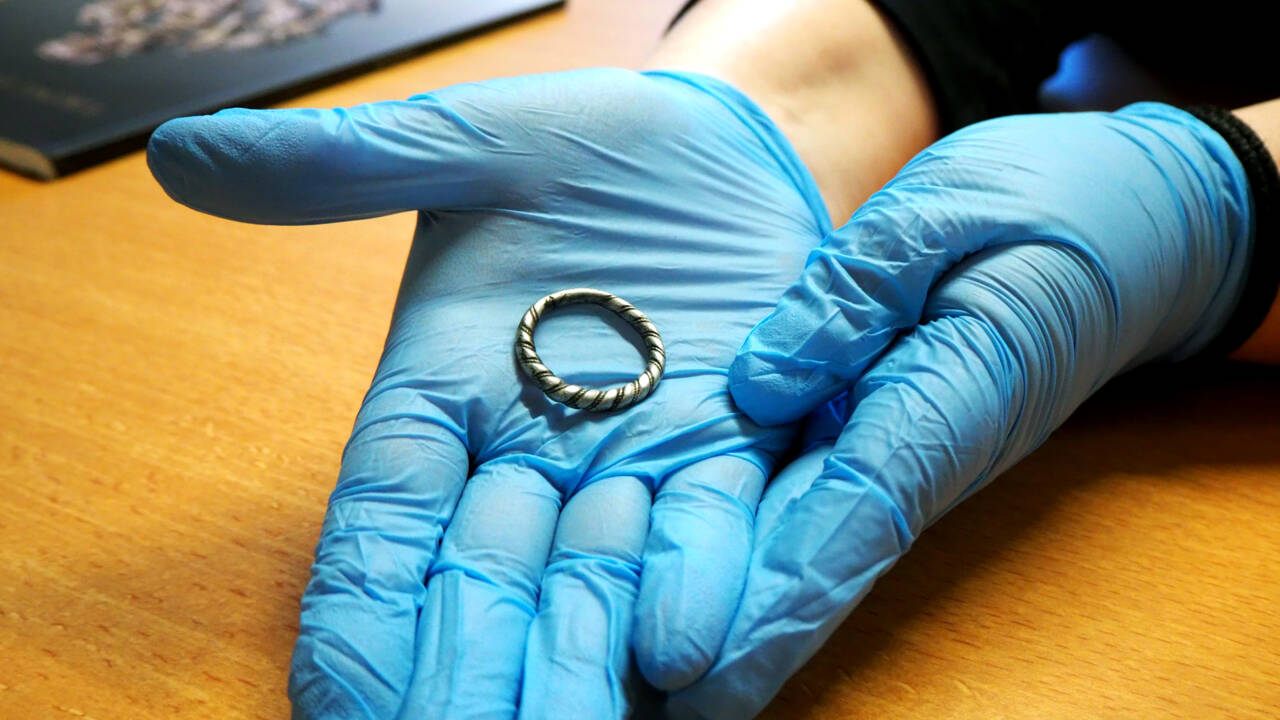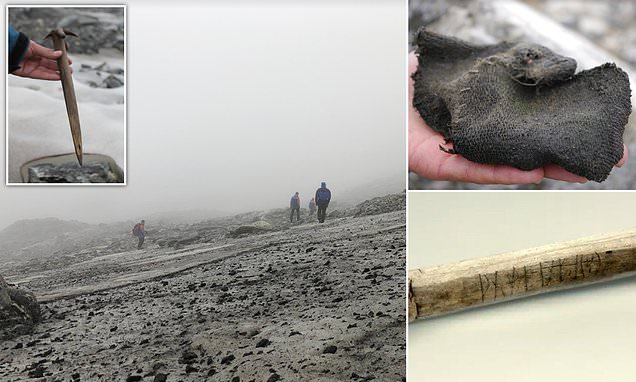Palinurus
The Living Force
Source (Dutch only): Rijksmuseum van Oudheden verwerft duizend jaar oude Vikingring
Video in Dutch is available (Dutch subtitles only):
Video 3:34 min.
DeepL Translator said:NOS News - Interior - Culture & Media - Today, 14:50
National Museum of Antiquities acquires thousand-year-old Viking Ring

National Museum of Antiquities
The National Museum of Antiquities in Leiden has expanded its collection with a Viking ring. This is a braided silver ring from the tenth century, which was probably worn on a pendant around the neck.
The ring consists of a silver rod with a twisted groove. It is probably a smaller version of the neck rings known from Scandinavia.
The ring was found at the end of last year by someone with a metal detector in a cornfield near Hoogwoud, in the northern part of North Holland. The museum bought the ring from the discoverer.
In the tenth century, North Holland served as a base for Vikings from Scandinavia to plunder cities further inland.
Finds from the tenth and eleventh century are quite rare in the Netherlands. The National Museum of Antiquities is preparing an exhibition about this period. In a few years' time, the ring will be on display there.
Translated with www.DeepL.com/Translator (free version)
Video in Dutch is available (Dutch subtitles only):
Video 3:34 min.


 It's an appropriate addition to the original post, I think.
It's an appropriate addition to the original post, I think.